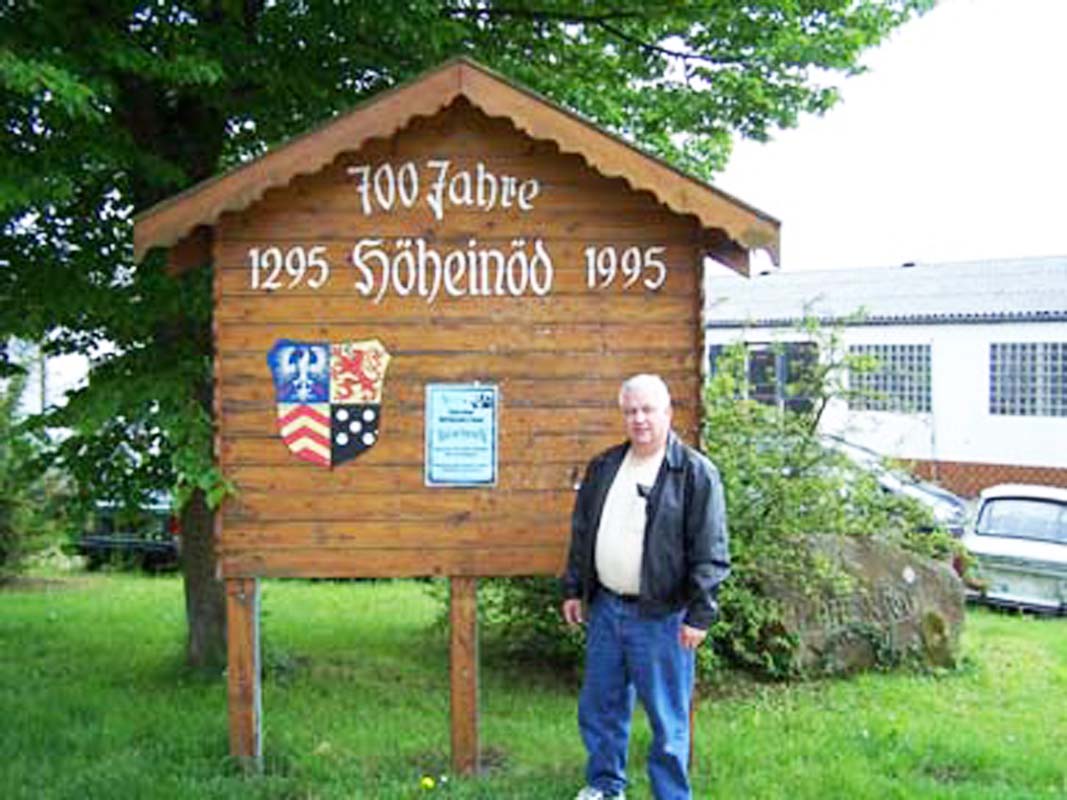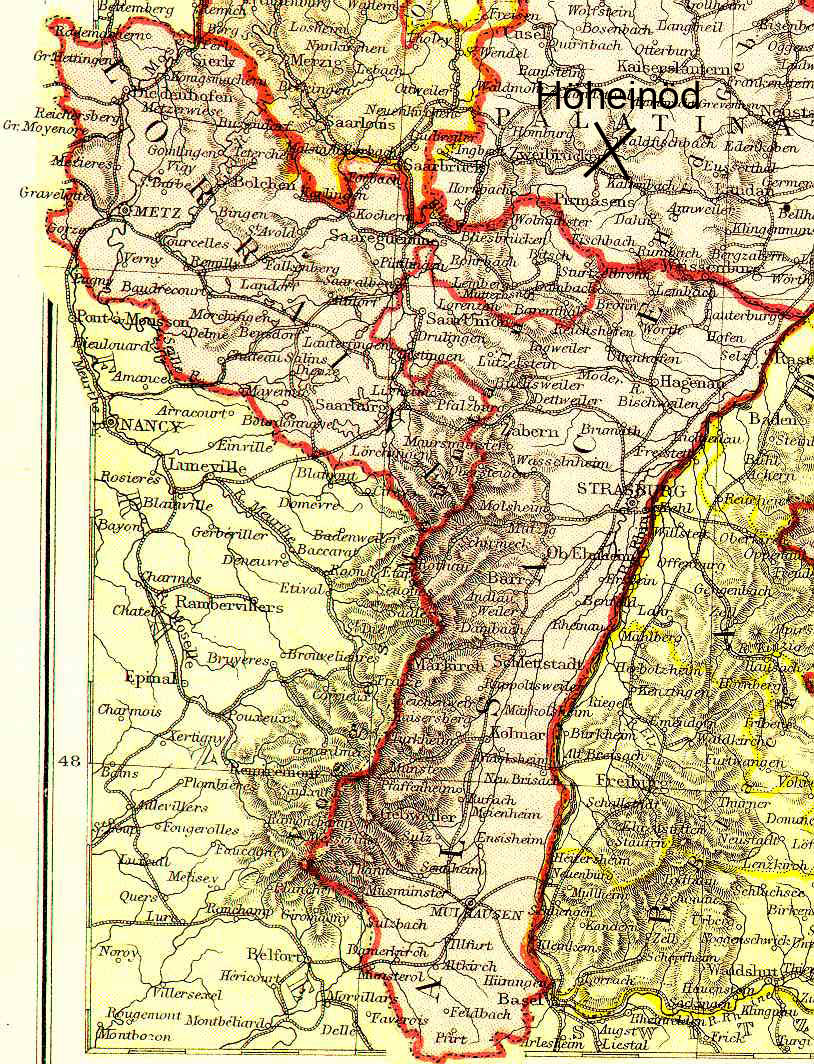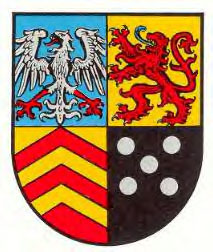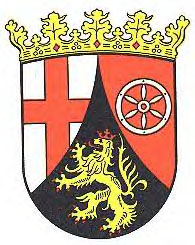Höheinöd
|
Höheinöd is a small village near the French boarder (See Figure 1) now in the Rheinland-Pfalz, near the Alsase-Laurane area of Germany/France. In the 1800s it was owned/controled by Baveria.
|
|||
 |
|||
|
Ken in Höheinöd in May 2005
Höheinöd celebrated 700 years of history in 1995 |
|||
 |
||||
|
Figure 1 - Höheinöd in Western Germany
|
||||
|
History
|
|||||
| Emperor Frederick I bestowed (1156) the title count palatine on his half-brother Conrad, who was in possession of territories on both sides of the Rhine. More extensive than the present Rhenish Palatinate, these territories also included the northern part of modern Baden (but not the bishopric of Speyer and other enclaves in the palatine lands W of the Rhine). When Conrad's line died out, the Palatinate passed (1214) to the Bavarian Wittelsbach dynasty. The Wittelsbachs enlarged their holdings along the Bohemian border, which were constituted as the Upper Palatinate. In 1356 the German princes were granted the Golden Bull, which gave them the right to vote in the election of the Holy Roman Emperor. Their territories were henceforth called the Electoral Palatinate (Ger. Kurpfalz). The Rhenish Palatinate flourished in the 15th and 16th cent., and its capital, Heidelberg, was a center of the German Renaissance and Reformation. The election (1619) of Elector Frederick V (see Frederick the Winter King) as king of Bohemia precipitated the Thirty Years War, in which the Palatinate was ravaged both by the imperial forces under Tilly and by the Protestant army under Mansfeld. The Upper Palatinate and the electoral vote were taken from Frederick and transferred to Bavaria, but at the Peace of Westphalia (1648) a new vote was created for Frederick's successor, Charles Louis, and the Rhenish lands, devastated in the war, were returned to his control. The Upper Palatinate remained a part of Bavaria. The region became involved in the War of the Grand Alliance with Louis XIV, who ordered the destruction (1688–89) of the Rhenish Palatinate. In 1720 the capital was transferred to Mannheim. The palatine lands west of the Rhine were conquered by France in the French Revolutionary Wars. In 1803, Maximilian ceded the palatine lands E of the Rhine to Baden, Hesse-Darmstadt, and Nassau, but in 1806 he became king of a much-enlarged Bavaria, and at the Congress of Vienna (1815) he recovered part of the Rhenish Palatinate W of the Rhine, including Speyer and other enclaves. Several districts, however, were awarded to Prussia, Hesse, and Oldenburg. The Upper Palatinate was increased by the addition of Regensburg, which replaced Amberg as capital. Both the Rhenish and the Upper Palatinate became integral parts of Bavaria. After World War II the Rhenish Palatinate became (1946) a district of the newly created state of Rhineland-Palatinate. |
|||||
| For more infomation on the Internet about Höheinöd today check the following Links: |
|||

